It might not seem like it, but we’re on the verge of a wearables revolution, and we’re not just talking about .��
Why? For one, all the wearable tech on this list speaks the same language as your cellphone, not some backwater code understood only by esoteric fitness devices—a huge step forward for the field. Data that’s easy to access and analyze means broader applications for more users. There are also a few fascinating product breakthroughs, such as the Athos shirt and shorts that can measure muscle output.
Yes, wearables are still young, but the following six products are paving the way toward comfortable devices that can do more with less battery power.
Suunto Ambit3 Peak
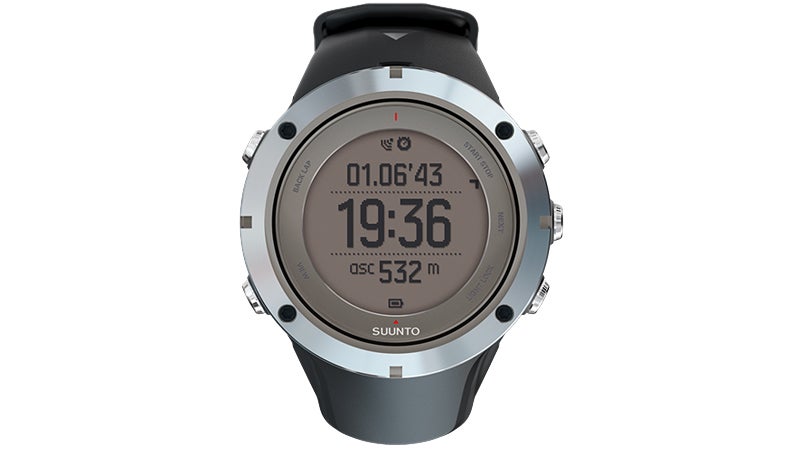
Best for: Swimmers
The big news with the Ambit3 is that it has dropped ANT+ compatibility (a proprietary wireless communication protocol) in favor of Bluetooth Smart/LE sensor capture. This means you can connect with almost any device—like smartwatches, not just PCs, smartphones, and $2,500 power meters—without draining too much energy. It’s a helluva lot more versatile than ANT+.
Suunto’s Ambit3 will ship with a special heart rate monitor that pairs with Suunto’s own Movescount app, Strava, and many other apps. It can also store your heart rate data, so you can wear the strap and leave the phone and watch behind. The strap will sync workout data once you’re back within range of either the Ambit3 Peak or your iOS/Android phone.
That’s a huge bonus, especially for swimmers who want to track their heart rate and then sync the data to their phones after they’re out of the water.
Further features include GPS, altimeter, barometer, compass, crazy-long battery life (up to 50 hours with the GPS on), and text/phone alerts that appear on the watch’s screen. (The watch beeps but does not vibrate to signal the latter.)
Final props to Suunto for creating a subtle but important feature for the Ambit3: Unlike stand-alone apps that rely on your phone for navigation and tracking—and drain your cell’s battery in the process—the Ambit3 uses its own juice for these functions. Available in September.
$500,
Runtastic Orbit
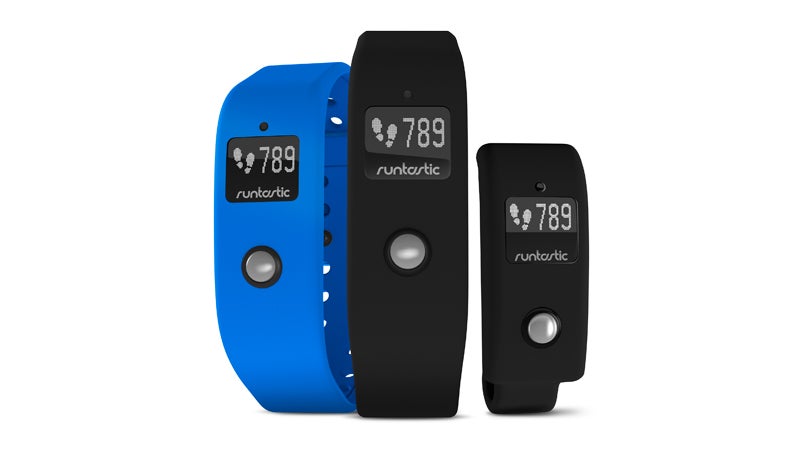
Best for: Data-driven runners
Runtastic began in the app market, but thanks to products like the Orbit, the company is slowly becoming a force in hardware. Like many fitness trackers, the Orbit measures steps, calories, active versus inactive time, and sleep patterns. It’ll also send you an alert in the form of a gentle vibration when you’ve been inactive for too long or when you’ve reached your fitness goals.
Via the Runtastic/Orbit Connect app, the device will measure your pace, speed, and workout duration, as well as record a GPS trail of your route. The watch can also display key info, such as pace and heart rate, that’s captured via the app.��
You’ll still have to run with your phone, but it’s a much more convenient way to eyeball the data if you’re on pace for a seven-minute mile or on target for your interval. Yep, a fitness watch alone could do this, but then you’d be left without the rest of the daily tracking functions you may want.��
The Orbit is uniquely comfortable, thanks to its flexible strap—too many trackers are rigid bracelets—and it’s waterproof down to 300 feet. The biggest downside: Although the device comes with two straps and a clip for wearing it on your clothes, it would be nice if Runtastic allowed doubling up the straps by interlacing them, making it better for wearing on the upper arm or ankle, locations that are less vulnerable during climbing or weight workouts.
$120,
Athos Shirt and Shorts
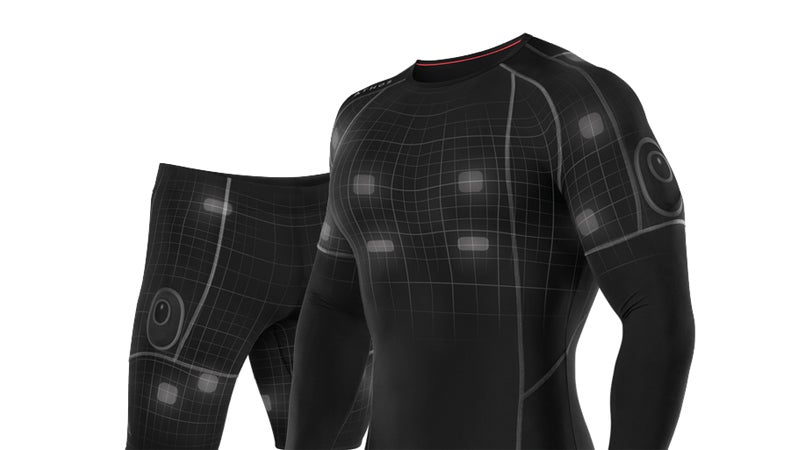
Best for: CrossFitters
This is the moonshot of the wearable fitness tech world. Athos founders Dhananja Jayalath and Christopher Wiebe believe current tech—like accelerometers and heart rate monitors—can’t tell you how your muscles are performing. Most trackers sense motion, not output. They quantify endurance, not strength.
Athos aims to change that. This high-tech apparel uses electromyography (EMG) to measure muscle contractions and nerve-path firing. It’s the same technology physicians use to determine whether patients’ muscles are firing properly after a stroke or other injury. Pair EMG with an app that shows you which muscles are being used and how effectively, and you start to measure the effectiveness of your workout and your form.��
To produce Athos, the duo had to figure out how to measure muscle use, which required creating an entirely new sensor, and design a subtle way to incorporate the electric wiring into a shirt so that it feels seamless. You wouldn’t wear the Athos if it felt like hooking up electrodes before each workout.��
Measurement isn’t the only goal. Jayalath and Wiebe plan to develop the tech to live-track workouts back to a virtual or human coach. Your coach could then critique your form and alter your reps and workout—without ever seeing you do your box jumps or body rows. Available mid-fall 2014.
$397 (includes shirt, shorts, and a sending device called Athos Core),
Razer Nabu
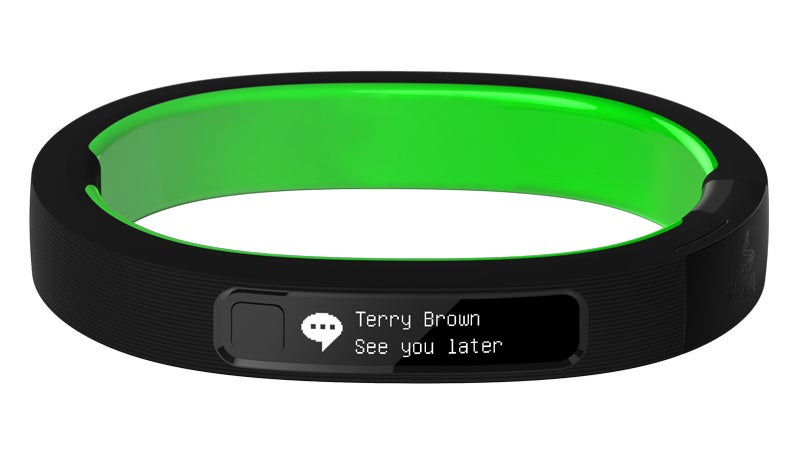
Best for: Multitaskers
The Nabu is more than a simple fitness tracker—in the beta form, it tracks steps, distance, sleep patterns, personal goals, plus a few other metrics. It’s also an excellent stand-in for on-the-sly communication when you’d rather not whip out a smartphone.
The watch will display text messages (I didn’t even break stride during my run as I eyeballed a message from my wife), and it can sync with everything from e-mail to Twitter, Facebook, Skype, and Instagram. Notifications that you program to show up on the Nabu’s tiny screen will appear and then slowly scroll by so you can read, dismiss, or respond as required from your smartphone.
This is only the tip of the iceberg, according to Nabu’s developers. The open-source software allowed beta testers to develop a game of zombie tag: The Nabu’s Pulse communication system detects other Nabu devices and allows signal sharing, so wearers can “infect” other wearers. More practically, if you permit it, a high-five transmits personal data like a Vcard or a phone number. And other similar capabilities are in the works—a fist bump to become Facebook friends and maybe an arm circle to swap Twitter handles.
Like many fitness trackers, the Nabu uses Bluetooth LE, which means it will pair with third-party devices such as heart rate monitors. It also features onboard accelerometer and altimeter functions. Available in October.��
Presale for $99,
4iiii Viiiiva
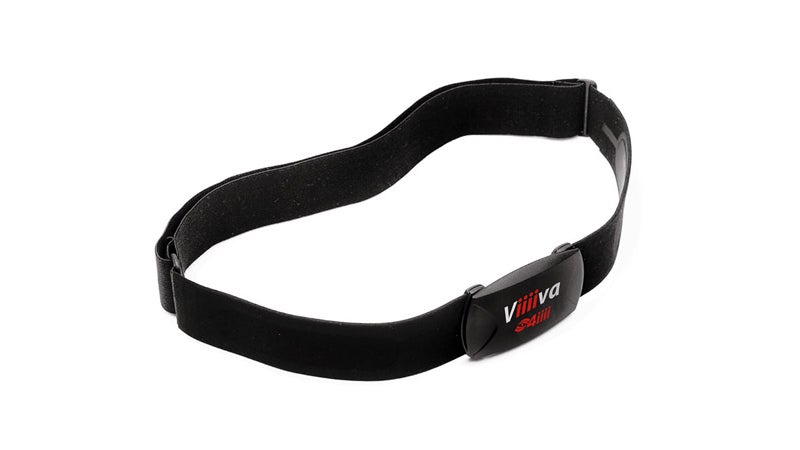
Best for: Do-it-all athletes
This device retrieves heart rate, pace, and power data and bounces it out to Strava and Runkeeper (name your app, it doesn’t discriminate), and likewise will fire it to your watch or head unit. Even better: When the next gotta-have-it app debuts, the Viiiiva will still speak its language.
The Viiiiva heart rate monitor doesn’t care whether you’re using wattage-capturing sensors, pace-capturing footpods, watches, or head’s-up displays. It’s signal agnostic, unlike so many devices and apps that are segregated into ANT+ or Bluetooth LE transmission silos. Put simply: It works with everything.��
$80,
Under Armour39
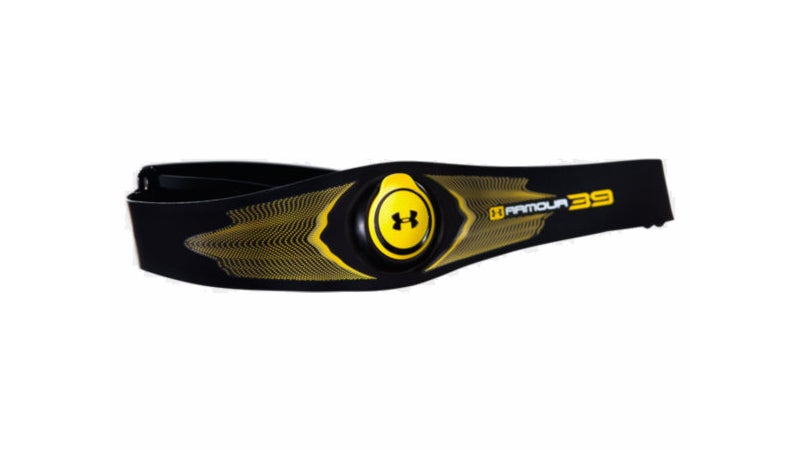
Best for: Rest trackers
The UA39 is tilling new ground in the wearables field by tracking not just pulse but also rest intervals. Say you want that kettle bell workout to be anaerobic. The 39 will clock whether your heart rate fell out of zone 4 while you cooled your heels between sets.
The device also comes with onboard memory that doesn’t require a constant Bluetooth connection for storage. (Sync later via an included iOS app. Sorry, no Android yet.)
We’re still not sold on one aspect. A built-in accelerometer is supposed to “score” the difference between body positions; the 39 will rate a dynamic move in CrossFit more strongly than the sustained effort required to solve the puzzle of an awkward V4 bouldering problem, which isn’t always accurate.
We’d also like to see a chime function from the phone app to keep you on pace with your goals. Still, there’s a lot of potential here, especially since Under Armour already announced compatibility with the MapMyFitness app.
$100,


